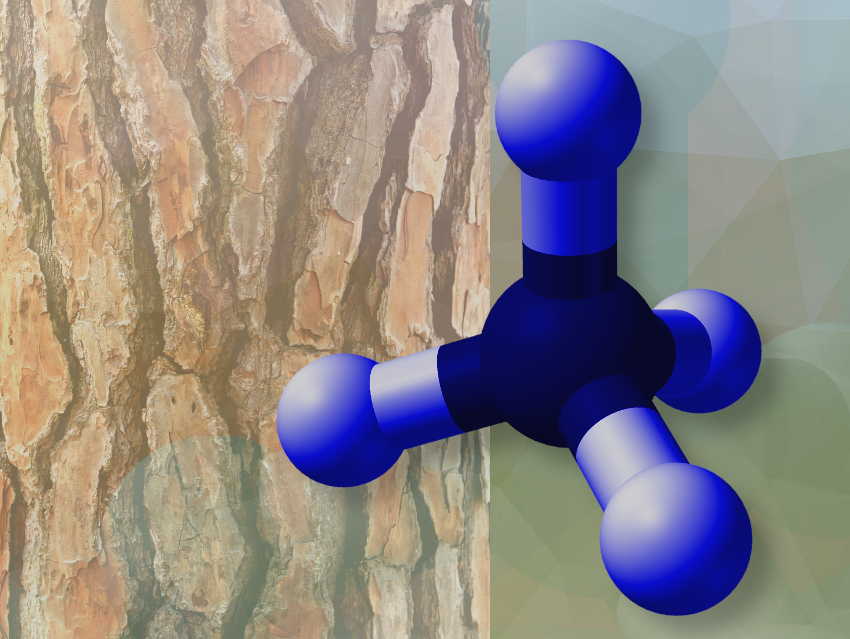Methane is a significant greenhouse gas, second only to CO2 in its contribution to anthropogenic warming. Understanding all sources and sinks of methane is critical to accurately balancing the global methane budget, which currently shows that sources outweigh sinks.
Vincent Gauci, University of Birmingham, UK, and colleagues have measured and analyzed the methane storage capacity of forests in different climates including trees in the tropical rainforests of the Amazon and Panama, deciduous trees in forests in southern England, and boreal coniferous forests in southern Sweden. They used special air chambers and gas analyses to study how much methane tree bark absorbed or released at different heights.
The team found that numerous microbes living in tree bark and wood can absorb methane from the atmosphere, with rainforest trees storing the most methane, likely due to the warm habitat fostering methane-consuming microbes. However, trees in dry areas and phases absorbed more methane than those in flooded regions. Additionally, tree trunks near the ground tended to release small amounts of methane, while bark above 1 to 1.3 m absorbed more methane, making trees net methane sinks.
The researchera also used laser scanners and mapping data to determine the global surface area covered by tree bark in forests. The study suggests that in total, forest microbes worldwide remove between 25 and 50 million tons of methane from the air each year. This is at least as much as soil bacteria, which remove 30 to 40 million tons of methane each year. Tropical and temperate forests are surprisingly efficient methane sinks, contributing about 10% more to climate protection than previously thought.
- Global atmospheric methane uptake by upland tree woody surfaces,
Vincent Gauci, Sunitha Rao Pangala, Alexander Shenkin, Josep Barba, David Bastviken, Viviane Figueiredo, Carla Gomez, Alex Enrich-Prast, Emma Sayer, Tainá Stauffer, Bertie Welch, Dafydd Elias, Niall McNamara, Myles Allen, Yadvinder Malhi,
Nature 2024, 631, 796–800.
https://doi.org/10.1038/s41586-024-07592-w




